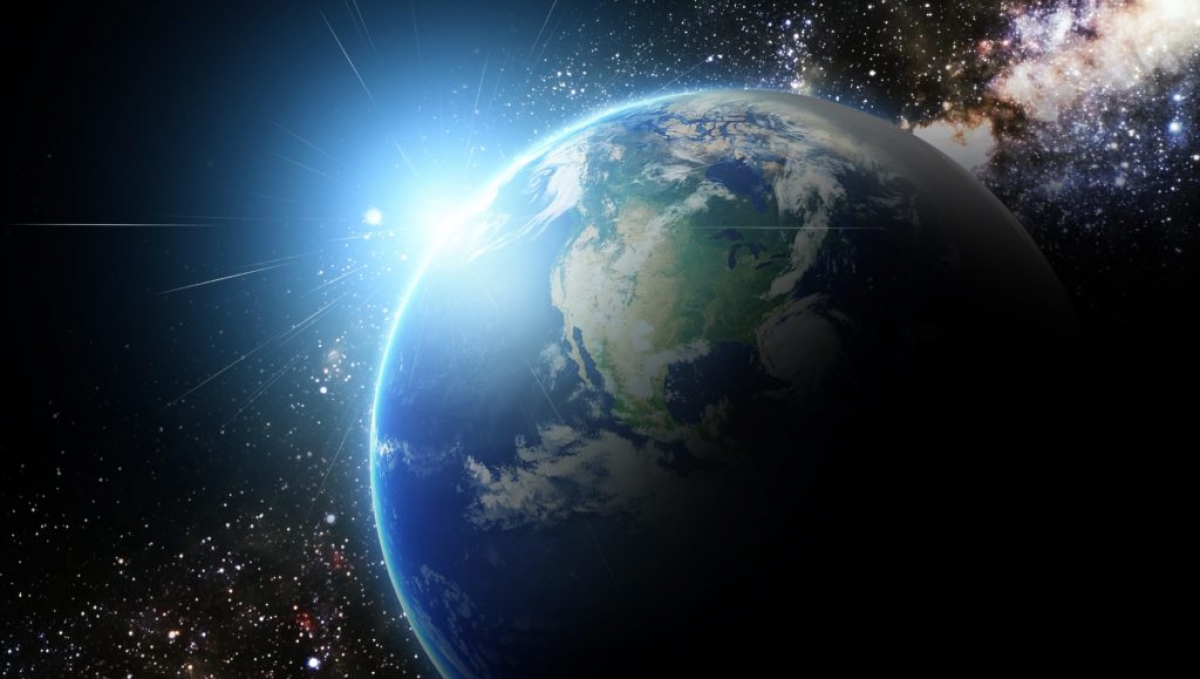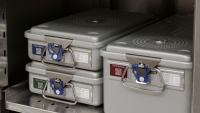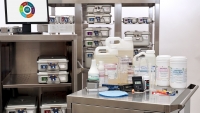Science, Sterile Processing, and the Search for Planet B
Are we alone in the universe?
We may find the answer in the next decade or two relying on clues which science provides to help us find the way. This includes balancing what we understand about our planet and recognizing what we know are the critical elements for life.
Next month, the launch of the Webb telescope might give us the means to discover whether we find another earth out there, a Planet B. The search for Planet B is complicated. Nevertheless we know that even in its most extreme conditions, life is carbon based, liquid water is the solvent for biochemistry, and DNA is the code for genetic information. The building blocks for life, hydrogen, oxygen and carbon are found abundantly in the universe. So what does this have to do with Sterile Processing?
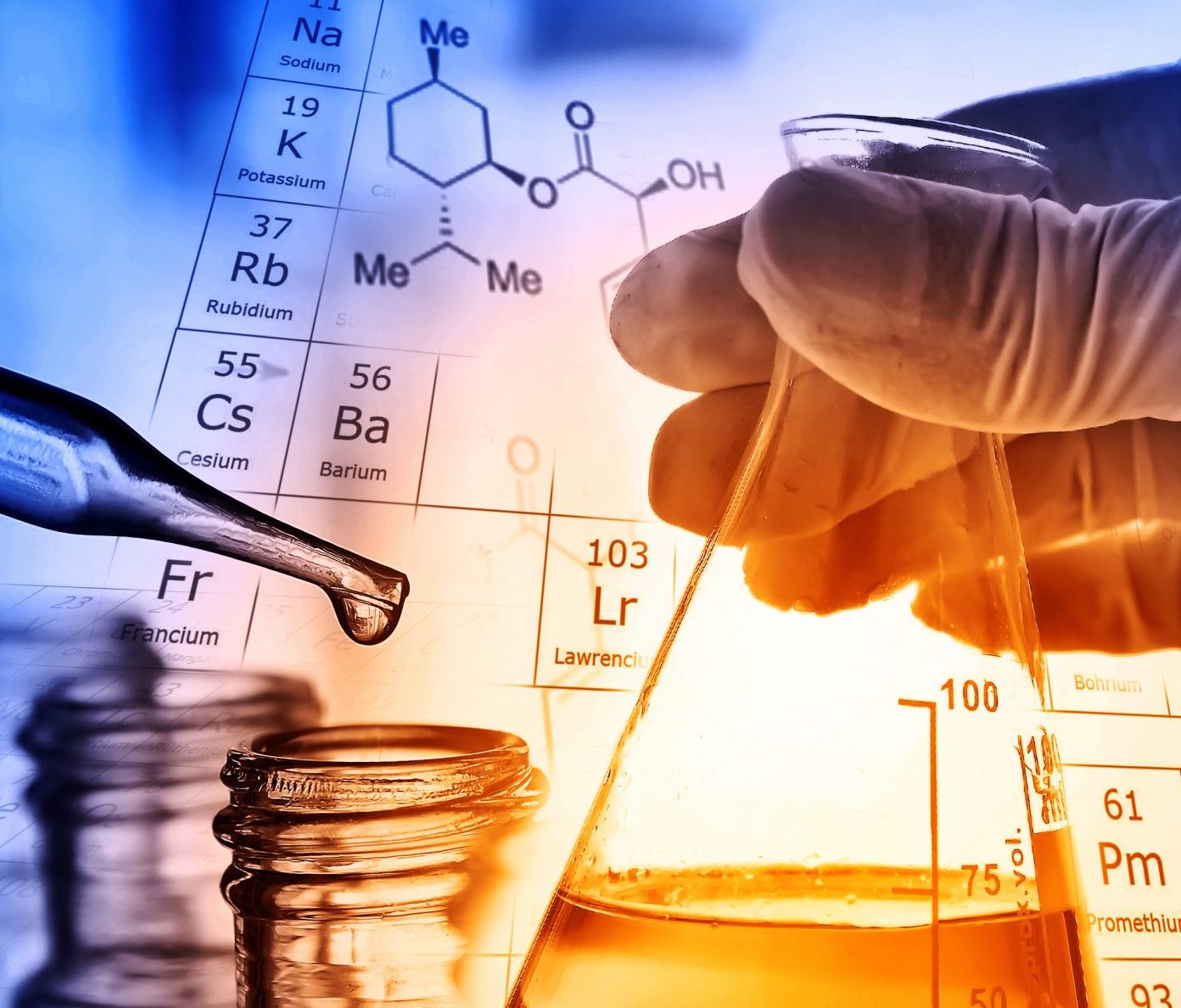
Cleaning is a science.
Cleaning is the critical first step in the decontamination process.
In some cases, I’m afraid to say there is no cleaning at all or the time required is cut short for expediency. The worst case scenario is IUSS when cleaning is rushed, sterilization times are reduced, drying eliminated, and now we have created the perfect storm for a healthcare acquired infection. Just last week, I received a call from an account that was not cleaning containers for IUSS at all. When I tried to explain the importance of cleaning before sterilization, the person got angry and hung up the phone.
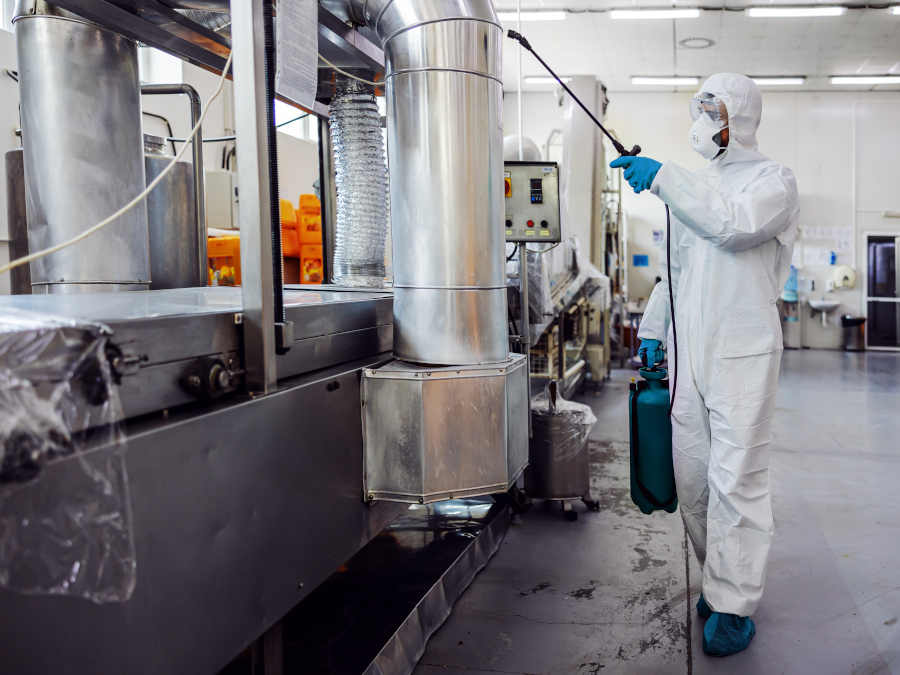

It’s up to us.
We take ourselves wherever we go. According to Jill Tarter, the former director of the Center for SETI Research, “Unless we figure out a way to solve all the global issues we face here and mitigate those challenges, wherever we go we’ll create the same problems that we’ve done here on this planet.” Maybe it’s time for us to consider that cleaning and the principles of science demand a methodical, validated approach for safer outcomes.
We’re in this together.
Upcoming Events:
Visit us at www.casemed.com to learn more about our products and how they can help your facility lighten its impact on the environment for the good of us all.
Marcia Frieze and the Case Medical team


